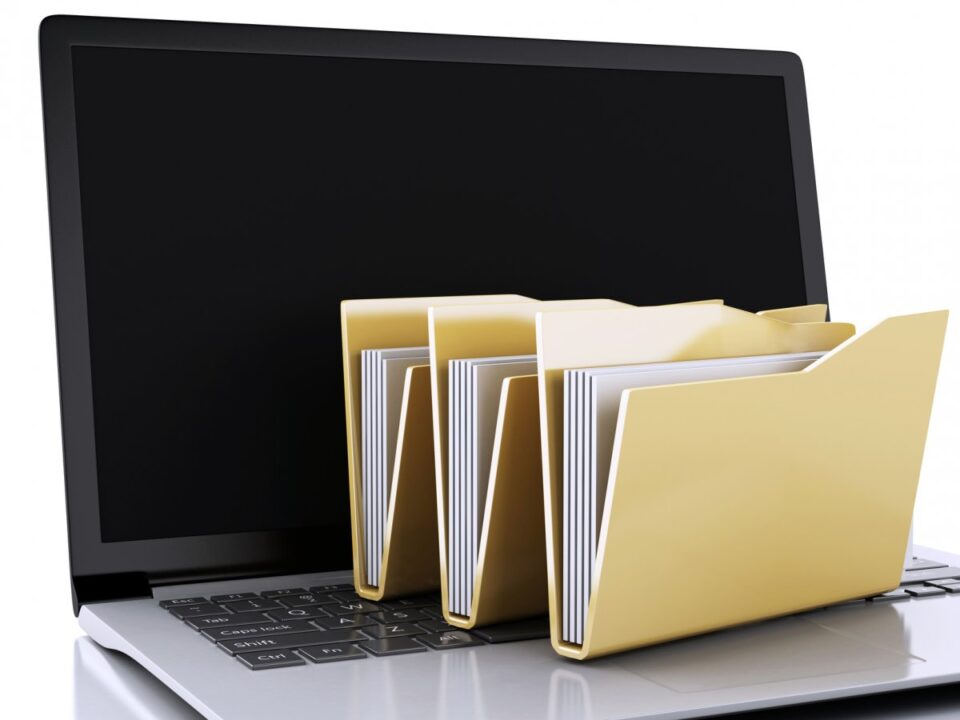
How Vendor Managed Inventory (VMI) Strengthens Supply Chain Resilience and Collaboration
To optimize inventory management, retailers and suppliers are increasingly turning to Vendor Managed Inventory (VMI) tools that transfer the responsibility…
Generix Ushers in a New Era of Intelligent Commerce for Retailers with AI-Driven Innovation Read the press release

Digital documents made their first appearances in the ‘70s and the ‘80s with the emergence of word processors and microcomputer systems. With the advent of the internet, their use has become the norm. Digital transformation is now centered on the digital document with the emergence of different paperless and process automation solutions. Today, a paper document is usually just a print-out of a document that was initially created digitally, rather than the other way around.
The benefits of digitization are great and, over time, the digital document has become quite sophisticated—interactive and very accessible. The move does, however, bring some challenges along with it, especially in terms of admissible proof. Up until now, admissible proof has always been a written or physical document, but thanks to the rapid development and use of digital documentation, certain legal changes have been put into effect, making a digital document as reliable in court as a written one.
As digitization basically means replacing a physical document with a digital one, this clearly affects inter-company communication, specifically in the way documents are exchanged, managed, and archived. It has now become cost-effective for businesses to go completely paperless, though not everyone measures the impact that this may have on archiving, as a digital document can only have probative value under certain conditions. This is why it is impossible to disassociate digitization from probative document filing. In order to remain compliant with the law, companies must factor in archiving compliance when looking at different paperless solutions.
The French law 2000-230 states that a digital document can be considered as admissible proof in the same way a written document is, as long as it is possible to determine who created the document and that it has been created and conserved within certain conditions that guarantee its integrity. A company must be able to easily prove that their technology has been adapted to provide a regulated and documented paperless process from end-to-end, including how a document is archived and for how long. The objectives of this ruling are to ensure that the document and its authors are authentic, that it can be preserved for the long-term, that it confirms the document’s integrity and readability through its entire life cycle, and that it can be accessed when needed by authorized users.
An electronic signature is the main way to guarantee the authenticity of a digital document, as it provides both the integrity of the document as well as the person who signed it, and it cannot be modified or removed. It is also possible to use third-party electronic time stamps, which are mainly used to protect and conserve sealed documents.
Over the next few weeks, we will be looking into different aspects of paperless billing and archiving, covering topics such as risk management, different ways to conserve digital documents, as well as different solutions and their functionalities, and the best way to approach a move to zero paper.

To optimize inventory management, retailers and suppliers are increasingly turning to Vendor Managed Inventory (VMI) tools that transfer the responsibility…

In an ever-evolving logistics environment, agile and precise warehouse resource management is essential to remain competitive. With increasing volumes driven…

France’s electronic invoicing reform relies on a Y-architecture, where Partner Dematerialization Providers (PDPs) play a central role in issuing and…

Work with our team to build your ideal supply chain software stack and tailor it to your unique business needs.